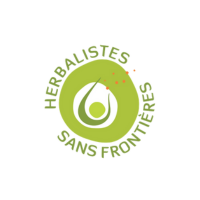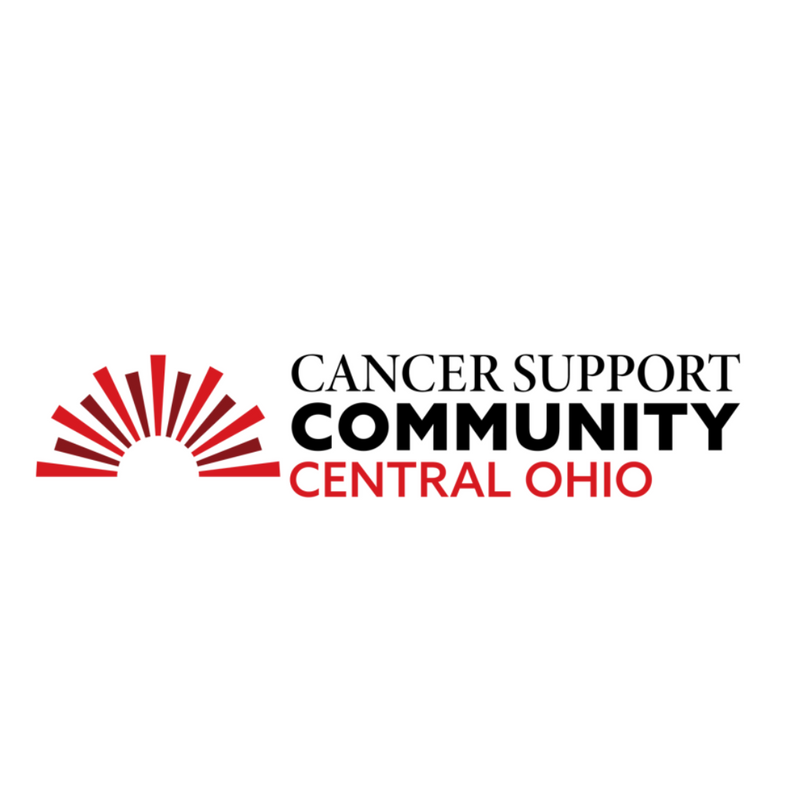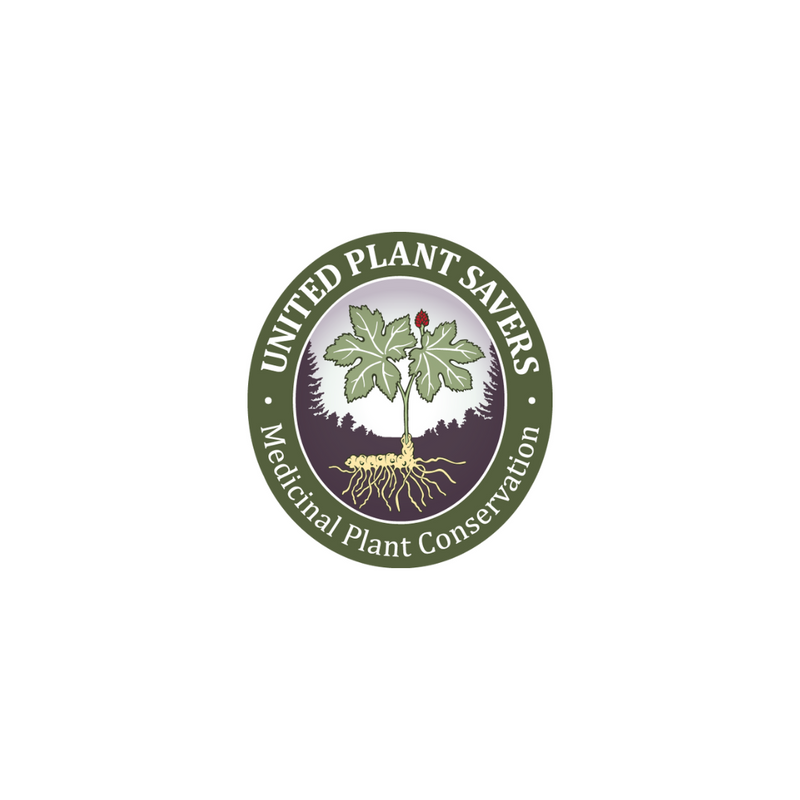
Spring Cleaning, Part One
Share
Spring is here, and warmer weather is (mostly) upon us. As we open the windows and let in the fresh air, many of us get the itch to clean up the staleness of winter. Dust all the knick knacks, rearrange the furniture, and move things around to get all those unseen places clean and ready for summer.
 Inhalation is another form of exposure, the most common form. And it happens anytime we use the product. When you smell it, you are breathing in the substance. Again, glance at that warning label. Nearly all cleaners stay to use in a well-ventilated area. Yet our homes are intentionally NOT well ventilated in order to be efficient, and rarely do we think to do so while cleaning. Even when not actively using the product, "off gassing" happens. Consider the cleaner aisle at the store. We all know the strength of that cleaner smell when we wander down that way.
Inhalation is another form of exposure, the most common form. And it happens anytime we use the product. When you smell it, you are breathing in the substance. Again, glance at that warning label. Nearly all cleaners stay to use in a well-ventilated area. Yet our homes are intentionally NOT well ventilated in order to be efficient, and rarely do we think to do so while cleaning. Even when not actively using the product, "off gassing" happens. Consider the cleaner aisle at the store. We all know the strength of that cleaner smell when we wander down that way.

This is the time we reach into our cupboards and pull out the standard cleaners. For many of us, we grab the same types of cleaners our moms used, not realizing it's time to turn a critical eye to them. Let's flip those bottles over for a moment, shall we?
Let's start with the warning label. It would seem that we have become too familiar with these chemicals that we forget they are dangerous and come with accompanying labels. Of course we know not to drink them or splash them into our eyes. And yet, every year hundreds of thousands of calls are made to the poison control center because a curious little one, who doesn't know any better, did just that. In 2017, over 109,000 calls were made to poison control for children under the age of 6, who were exposed to cleaning products in the home. (*1)
TYPES OF EXPOSURE
 Ingestion is only one form of exposure. This most often happens in unsuspecting and overly curious children. It is SO easy to get distracted as parents, or be sidetracked with one child while another manages to break past the child protection we put into place, and they get ahold of the spray cleaner. Though ingestion also happens when residue is left on surfaces. This level of exposure doesn't cause the level of reaction mentioned on the labels, true. And yet this is a form of exposure, that when repeated regularly, gives our body just one more dose of chemicals it does not know how to handle.
Ingestion is only one form of exposure. This most often happens in unsuspecting and overly curious children. It is SO easy to get distracted as parents, or be sidetracked with one child while another manages to break past the child protection we put into place, and they get ahold of the spray cleaner. Though ingestion also happens when residue is left on surfaces. This level of exposure doesn't cause the level of reaction mentioned on the labels, true. And yet this is a form of exposure, that when repeated regularly, gives our body just one more dose of chemicals it does not know how to handle.
 Ingestion is only one form of exposure. This most often happens in unsuspecting and overly curious children. It is SO easy to get distracted as parents, or be sidetracked with one child while another manages to break past the child protection we put into place, and they get ahold of the spray cleaner. Though ingestion also happens when residue is left on surfaces. This level of exposure doesn't cause the level of reaction mentioned on the labels, true. And yet this is a form of exposure, that when repeated regularly, gives our body just one more dose of chemicals it does not know how to handle.
Ingestion is only one form of exposure. This most often happens in unsuspecting and overly curious children. It is SO easy to get distracted as parents, or be sidetracked with one child while another manages to break past the child protection we put into place, and they get ahold of the spray cleaner. Though ingestion also happens when residue is left on surfaces. This level of exposure doesn't cause the level of reaction mentioned on the labels, true. And yet this is a form of exposure, that when repeated regularly, gives our body just one more dose of chemicals it does not know how to handle. Generally speaking, though, we don't consider ingestion a common exposure method. We are all extra careful with where and how we store our cleaners. Being responsible and all that. So why are we, as herbalists and eco-conscious people, worried about these products?
 Inhalation is another form of exposure, the most common form. And it happens anytime we use the product. When you smell it, you are breathing in the substance. Again, glance at that warning label. Nearly all cleaners stay to use in a well-ventilated area. Yet our homes are intentionally NOT well ventilated in order to be efficient, and rarely do we think to do so while cleaning. Even when not actively using the product, "off gassing" happens. Consider the cleaner aisle at the store. We all know the strength of that cleaner smell when we wander down that way.
Inhalation is another form of exposure, the most common form. And it happens anytime we use the product. When you smell it, you are breathing in the substance. Again, glance at that warning label. Nearly all cleaners stay to use in a well-ventilated area. Yet our homes are intentionally NOT well ventilated in order to be efficient, and rarely do we think to do so while cleaning. Even when not actively using the product, "off gassing" happens. Consider the cleaner aisle at the store. We all know the strength of that cleaner smell when we wander down that way. Various studies have seen the impact on lung capacity and regular exposure to cleaning products. When we inhale these chemicals, the first organ impacted is our lungs. From there, the chemical compounds can travel into our bloodstream. With the sheer number of chemicals contained within our various cleaners, that is a lot of interactions happening within our body. And little research to tell us what it is doing to us over the long term. So that is now TWO ways we are getting regular doses to these chemicals.

And there's one more way we are exposed...
Transdermal exposure is through the skin. One more time at that label: Avoid contact. Rinse from skin. In other words, use protective gear when handling. How often do we spray, wipe, repeat, with our bare hands. No thoughts about the impact. Skin exposure can be just as dangerous, longterm, as other forms of exposure. Chemicals travel through our skin and straight into our bloodstream! This is strike three. These chemicals we come in contact on a daily basis have a horrible list of accusations following them. To name just a few...
-
Allergen
-
Exacerbates Asthma
-
Endocrine disruptor
-
Reproductive and developmental toxicity
-
Carcinogen
And what chemicals are we talking about?
Hmmm... does anyone else notice something suspiciously missing? The vast majority of cleaning products sold in the United States have little to no ingredient list. Maybe the "active ingredients" are listed, and that is all. There is no regulation requiring disclosure of what is included in products used external to the body (products not intended for ingestion).
Misconception: All chemicals used in commercial products must be proven "safe".
FALSE. There is one regulation, passed in 1976, called the Toxic Substances Control Act. When it went into effect, 62,000 chemicals were already in use and those were grandfathered in without a second glance. 62,000 chemicals that have not been tested. Today there are approximately 85,000 chemicals in use. Each new chemical added is supposed to be tested for safety. Without getting lost deeply into the bias and controversy of how said testing is actually done, let's just say this. Testing is only looking at immediate exposure, at fairly high levels, and risks therein. Companies do their own testing, not necessarily independent third parties. Most of us are exposed in small amounts (remember, residue on counters, breathing in the fumes, absorption through the skin) over a long term. Long-term tests are not happening. Nor are they looking at how complex formulas change the chemical compounds and create a very different chemical profile. Nor how the combination of those formulas, along with all the other chemical formulas we are exposed to daily, interact within our bodies.
Haven feels it is safe to say, "the less unknown and untested chemicals we bring into our bodies on a daily basis, the better off we are".
So, back to that sunny warm day. The windows are finally open. You are ready to get some spring cleaning done. Yes! But... now what?
How do we clean our home and protect our health at the same time? In part two of this blog (next week!) we will discuss just that.
How do we clean our home and protect our health at the same time? In part two of this blog (next week!) we will discuss just that.
*1 (Poison control statistics, 2017)
Poison control calls: https://healthcare.utah.edu/the-scope/shows.php?shows=0_6j3y0vcm
Poison control calls: https://healthcare.
www.ewg.org is a resource to look up the products in your home and see their toxicity.




